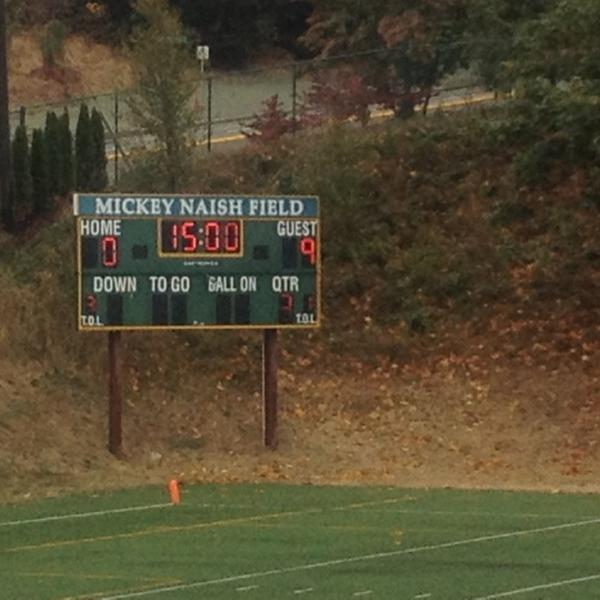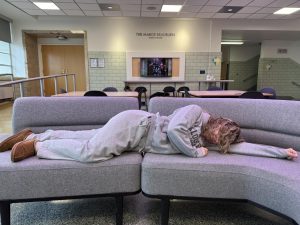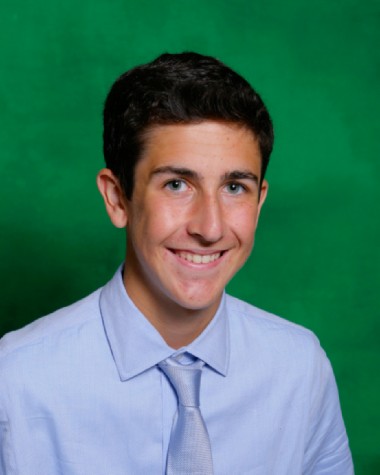Bishop Blanchet Wins in Court
Bishop Blanchet has been trying for years to build lights on its field, Mickey Naish Field. Now, it seems the wait might be finally over.

August 29, 2014
After over three years of trying to gain approval to build 70-foot-tall field lights on Mickey Naish Field, Bishop Blanchet just may have taken serious steps toward earning that approval with the help of the law.
In early 2011, Bishop Blanchet began the process of gaining approval to build lights on its own football field. Many other high schools in the Seattle area, such as Nathan Hale and Ingraham High Schools, have illumination on their football fields. Unfortunately, the school had great difficulty in earning the approval.
Since Bishop Blanchet is a private establishment situated in a neighborhood occupied by single family homes, it needed to apply for special permission to build field lights known as a variance. A variance allows private establishments to build structures exceeding 30 feet in height.
“I think they [Bishop Blanchet] were hopeful that it would take, if everything went smoothly, two years to build the lights,” said Bishop Blanchet President Mr. Antonio DeSapio.
It was not until April of 2013 that the school received approval, from the city, to build its field lights. However, people living in the houses near Bishop Blanchet were worried that 70-foot-tall lights on the field would be too bright and in many ways invasive.
“After we received approval, the decision was appealed by the neighbors,” said DeSapio. “In the summer, a hearing examiner overturned the city’s decision.”
According to DeSapio, the hearing examiner felt as though Bishop Blanchet did not have a justifiable reason to build the field lights they wanted. The main reason Bishop Blanchet wants to build field lights in excess of 30 feet is solely for the safety of its athletes.
Bishop Blanchet was aware that other Seattle schools had built lights on their football fields; there was just one difference between those schools and Bishop Blanchet: they were public. The school saw this difference as the only means of discriminating against the school’s wishes to build the field lights. So, the school began to seek the help of the law.
First, Bishop Blanchet sought out one of its own-Mr. John Hempelmann, a member of Bishop Blanchet’s class of 1964. Together, Hempelmann and Bishop Blanchet formulated a case against the city in order to finally seek justice for the school.
“In July of last year, once the sections were overturned, we entered a law suit against the city based on our feeling that we deserved equal treatment to public schools,” said DeSapio. “Those [public] schools received permission through a different approval process than we [Bishop Blanchet] did.”
According to Hempelmann, they [Hempelmann and Bishop Blanchet] argued that, because of the Religious Land Use and Institutionalize Persons Act, Bishop Blanchet should have to go through the same construction approval process as public schools.
This June, the case was heard by the Judge Zilly of the United States District Court (Western District of Washington). Judge Zilly overturned the city’s decision to deny Bishop Blanchet’s request to build the lights because he felt the city was discriminating against the religious institution.
Now that the school has gained legal approval to build the field lights, all it needs to do is raise sufficient funds and begin construction. DeSapio says the school still has a long way to go in its quest for field lights, but he is optimistic that Bishop Blanchet Athletes will be able to play under the lights by the fall of 2016.





